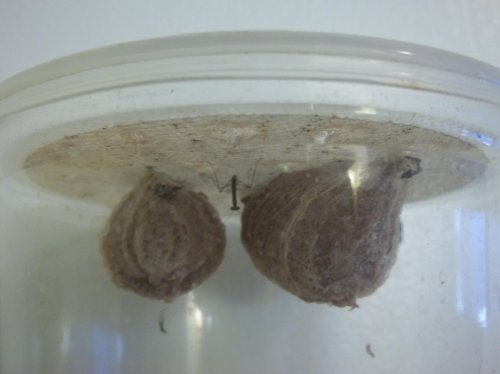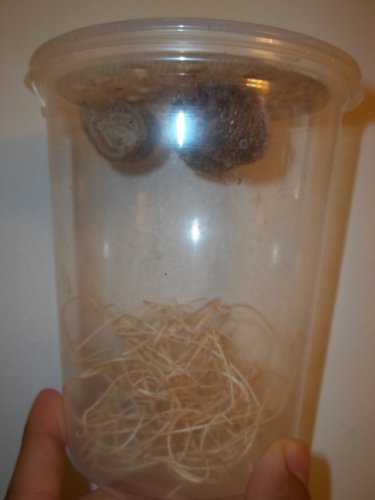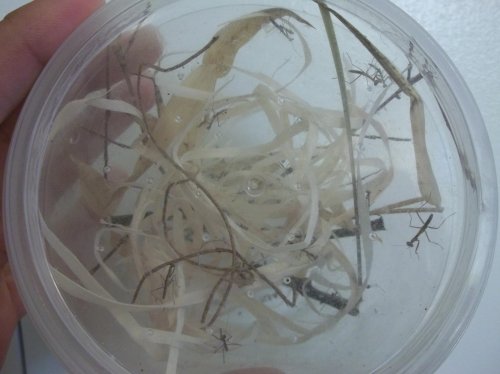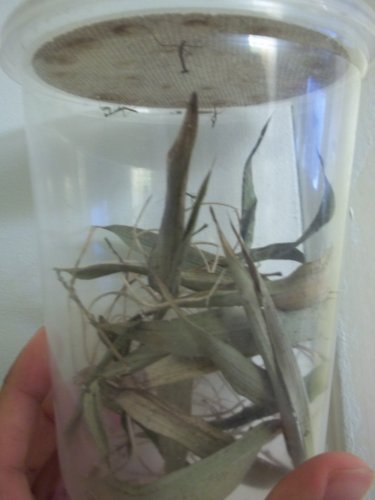leo
Established Member
I have plenty of Chinese Mantis Oothecas (egg cases) for sale. They are $7 shipped.
-These can hatch anywhere from 100-400 nymphs give or take.
-They are great for small chameleons as nymphs, and if you grow them they can reach 4 inches.
-They can be released in the U.S and also serve as pest control. I also have fruit flies so that you can feed them.
-Get them before they're gone, its the end of the season and will not be available till next spring.
-PM with questions.
-These can hatch anywhere from 100-400 nymphs give or take.
-They are great for small chameleons as nymphs, and if you grow them they can reach 4 inches.
-They can be released in the U.S and also serve as pest control. I also have fruit flies so that you can feed them.
-Get them before they're gone, its the end of the season and will not be available till next spring.
-PM with questions.




